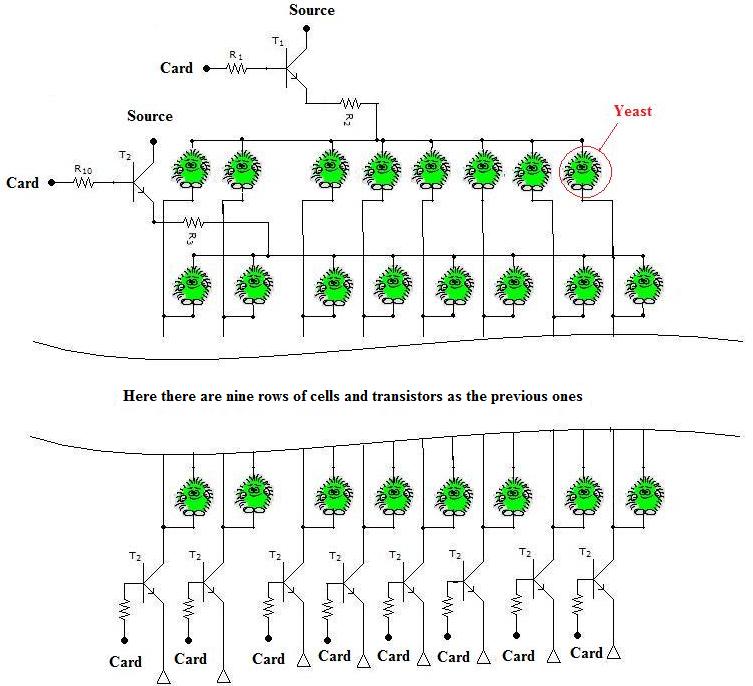Team:Valencia/Hardware/iLCD
From 2009.igem.org
(New page: __NOTOC__ {{Template:Valencia09iGEM23}} <br> <div align="justify" style="position:relative; top:-5px; left:70px; width:600px"> =='''Yeast screen'''== Having established that yeast responds...) |
|||
| Line 3: | Line 3: | ||
<br> | <br> | ||
<div align="justify" style="position:relative; top:-5px; left:70px; width:600px"> | <div align="justify" style="position:relative; top:-5px; left:70px; width:600px"> | ||
| - | ==''' | + | =='''iLCD: LEC array'''== |
Having established that yeast responds with light to electrical impulses, we consider to control an array of 96 pixels totally independent, so we can create '''moving figures''' and it would be the first screen that works with living cells.<br> <br> | Having established that yeast responds with light to electrical impulses, we consider to control an array of 96 pixels totally independent, so we can create '''moving figures''' and it would be the first screen that works with living cells.<br> <br> | ||
To do this we had two problems, to control each pixel independently and build a stand with 96 pairs of electrodes (one for each pixel) to stimulate the yeast.<br><br> | To do this we had two problems, to control each pixel independently and build a stand with 96 pairs of electrodes (one for each pixel) to stimulate the yeast.<br><br> | ||
Revision as of 17:08, 19 October 2009
iLCD: LEC array
Having established that yeast responds with light to electrical impulses, we consider to control an array of 96 pixels totally independent, so we can create moving figures and it would be the first screen that works with living cells.
To do this we had two problems, to control each pixel independently and build a stand with 96 pairs of electrodes (one for each pixel) to stimulate the yeast.
1) To control 96 pixels.
Our screen is a matrix of 8 columns by 12 rows. Thus, we can decide which row and column we want to activate at all times through a card with 20 digital outputs, one per row and column. For example, to turn the cell in position 3,4 of the screen, activate the outputs corresponding to row 3 and column 4. The card is controlled by a program executed in LabVIEW.
2) Costruction of the support.
 "
"
